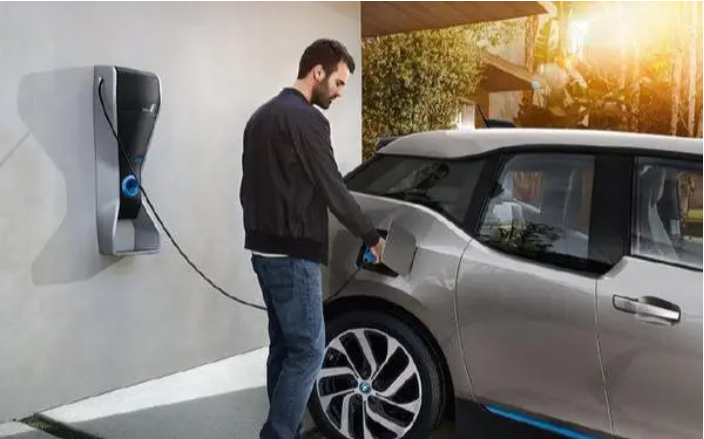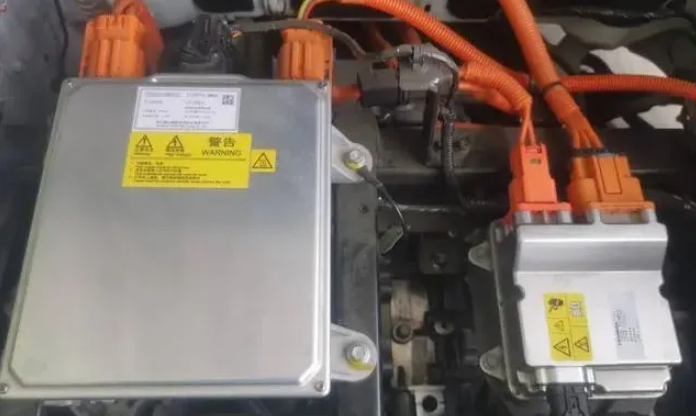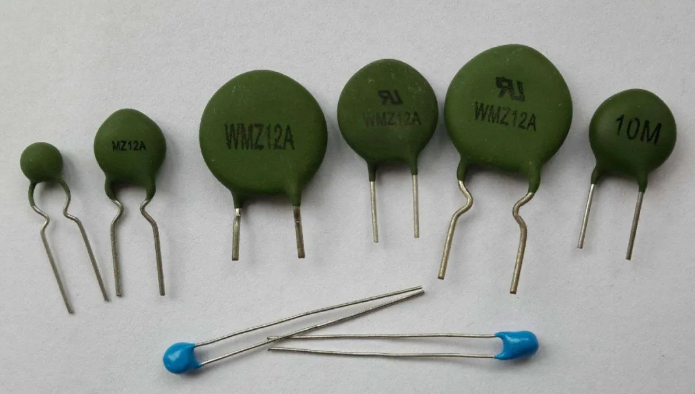
Position:Home > News > Application
The on-board charger (OBC) is a charger fixedly installed on the new energy electric vehicle, and it is an important power electronic device that connects the vehicle with the AC slow charging port and converts the AC from the AC charging pile into DC to charge the power battery.
It is understood that some car owners have encountered problems such as interruption of the charging process, abnormal on-board charger alarm, or malfunction of vehicle-mounted electronic equipment during AC charging. After systematic analysis and verification, it is found that the reason for these problems is the generation of surge current.

If the surge current exceeds the design range of OBC, OBC will detect the abnormality and interrupt the charging process, and OBC will send out an abnormal alarm and prompt the input voltage surge through the vehicle control system.
Serious surge current may lead to the damage or failure of the OBC circuit, and at the same time, surge current will also affect other electronic equipment in the vehicle, such as the car audio, the air conditioning system and so on.
Surge current is a very common problem in power electronic equipment, so what is surge current and what effect will it have? This article is dedicated to popular science for everyone.
Surge current refers to the instantaneous increase of current, which is usually caused by the turn-on and turn-off of power supply or the sudden change of voltage in the circuit.
The existence of surge current will do harm to circuits and equipment in many ways, which will increase the current in the circuit instantly, thus damaging the components in the circuit, such as transistors and capacitors, and will also lead to overheating of the circuit and fire. In addition, the surge current may also interfere with data transmission and affect the normal operation of the equipment.

In addition to the above, it will cause damage to the circuit and the equipment in the circuit. When the surge current is strong enough, it will also cause harm to the human body. Since the surge current is so harmful, is there any way to suppress the surge current?
The answer is definitely yes, that is a thermistor. A thermistor is a sensitive element whose resistance changes with temperature. When the temperature changes, the resistance of the thermistor also changes. It has the advantages of small size, low price, mass production, fast response, good reliability and high accuracy.

The main reason why a thermistor can restrain surge current is that its resistance changes with temperature. When surge current passes through the thermistor, the temperature of the resistor will rise, which will lead to a change in resistance. This change can be used to limit the flow of current, so as to achieve the purpose of restraining surge current.
When surge current occurs in the circuit, the temperature of the thermistor will rise rapidly and its resistance value will decrease rapidly, which will limit the flow of current, thus reducing the amplitude of surge current and protecting other components in the circuit from damage.
The resistance of the thermistor will also recover after the temperature drops, so that it can restrain the surge current again when it is turned on next time. Therefore, in order to protect the components, the role of the thermistor in restraining the surge current is irreplaceable.
To sum up, it is very important to suppress surge current in the r&d and design of on-board chargers for new energy electric vehicles.
As an influential supplier in the on-board charger worldwide, Dilong New Energy has rich experience in r&d and production. The company's on-board charger series products have well suppressed surge current, and have perfect safety protection functions such as overcurrent protection, short circuit protection, overvoltage protection, undervoltage protection and overtemperature protection, which can fully ensure the safety of vehicles during AC charging.